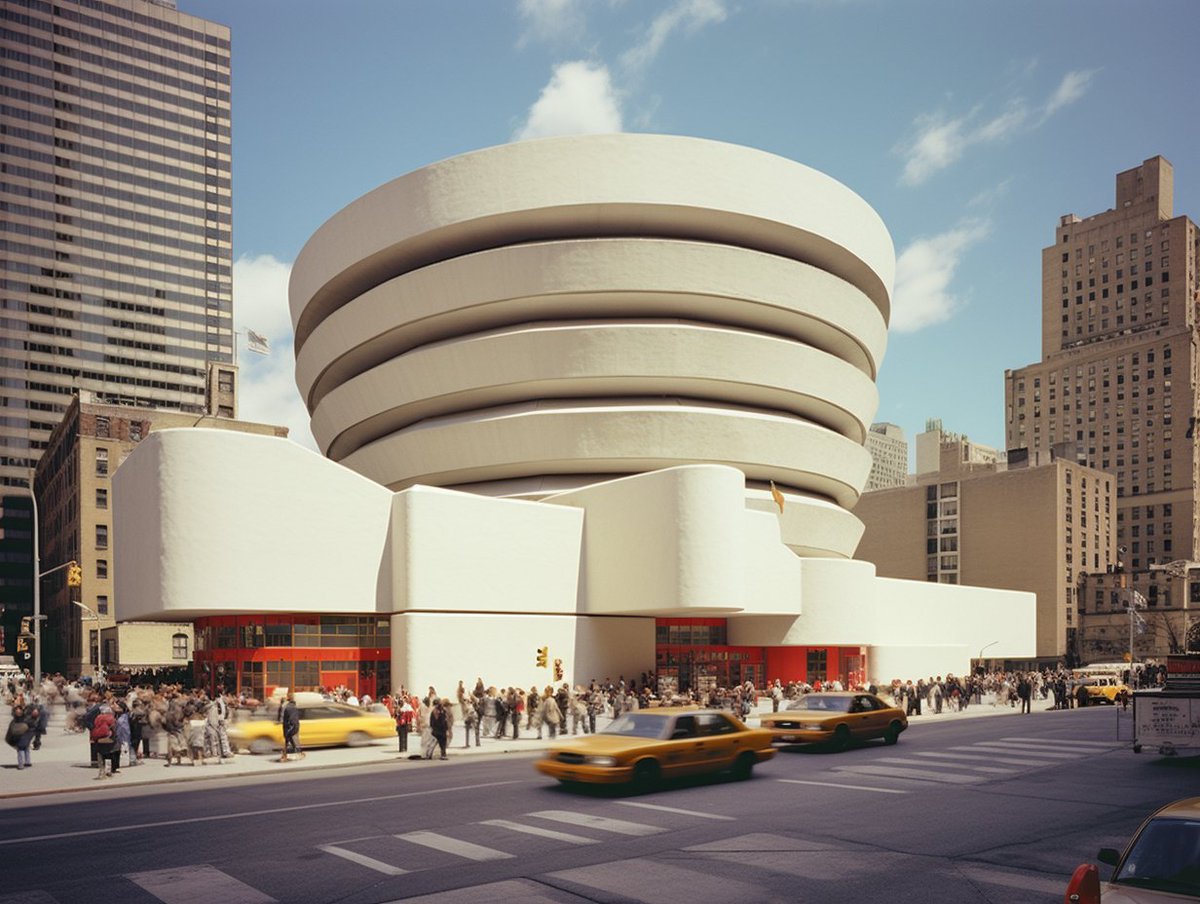I'm still intrigued by the recent wave of »fake AI films«: stills from movies that never existed, generated with Midjourney, Stable Diffusion, etc. This space opera, which David Cronenberg never directed, may be the most popular (and most despised), but there are many others 1/15
https://twitter.com/keithscho/status/1612835517376364544
For me, these »films that don't exist« are more than just a nice gimmick; the intense reactions they evoke tell us something about the cultural moment we live in and our relationship to the images of the past 2/15 nytimes.com/interactive/20…
Why does it seem more attractive to use AI to conjure up movies from an alternate past than to imagine future movies? And why do people get so upset about these mash-ups that they even threaten those who produce them? 3/15 buzzfeednews.com/article/chriss…
In a way, all these »movies that never existed« resemble what Hollywood calls »high-concept movies,« movies whose premise can be summed up and pitched in a just few words, perhaps even in the title alone (think »Snakes on a Plane« or »Cocaine Bear«) 4/15
In the case of fake AI movies, such as this never-existent Soviet version of »Home Alone«, the high-concept almost always operates according to a logic of »what if?« – what if a popular movie had been made by a famous auteur and/or in a different era? 5/15
https://twitter.com/sovietvisuals/status/1605970082873557002?s=20&t=tWaGFVJkAlGsIdR2VNPjWw
This »what if?« logic is based on a structural combinatorics, it is a logic of language, and it underlies what one might call a »grammar« of AI prompts: The production logic of txt2img generation is very much rooted in the free recombinability of semantic concepts 6/15
In this respect, fake AI films like »Jodorowsky's Tron« are exemplary products of AI-generated imagery, not unlike DALL-E's iconic otter in the style of Vermeer, as both use the combinatorial logic of the prompt to attach historical »styles« to previously unrelated subjects 7/15 

Thus, there's an elective affinity between high-concept, AI prompts, and internet memes also – they all use an already existing pool or archive of familiar and recognizable tropes, clichés, and stereotypes, and remix and reshuffle them to surprising, even comical effect 8/15
But unlike Vermeer's »Otter with a Pearl Earring,« David Cronenberg’s equally non-existent »Galaxy of Flesh« was met not with mild amusement, but with quite a bit of hostility. Why is that? My guess: it has to do with nostalgia 9/15
https://twitter.com/keithscho/status/1613268593369845760?s=20&t=ZMxVGOTsyOxjetIRCgQ-LA
It's no coincidence that almost all these non-existent films, here Kurosawa's »Staru Waru« (1972), are said to have been produced in the 1970s and 80s, the era before CGI: many of them are digital hallucinations of analog visual effects 10/15
japanization.org/staru-waru-ref…
japanization.org/staru-waru-ref…
In more than one way, these retro movie mash-ups evoke a nostalgia for pre-digital times, a symptom of what Simon Reynolds has once called »retromania«. At the same time, however, their means of production are decidedly anti-nostalgic 11/15
Nostalgia is all about loss, it's a longing for a past that is ultimately irretrievable. Thus the fetishised objects of nostalgia are those cultural relics that keep alive some traces of that lost past. Such relics are by definition rare and all the more precious 12/15
DALL-E, Midjourney, Stable Diffusion, etc., on the other hand, produce images that are neither rare nor precious: an inflation of quasi-nostalgic imagery, turning the irretrievable past into a retrievable resource, endlessly remixable 13/15
And, at least that's what I think, those who are offended by these fake AI films experience them as a phony simulation of something in which they are looking for authenticity, as a digital devaluation of a pre-digital past for which they feel deeply nostalgic 14/15
And although I personally don't feel that way, it seems hard to argue with that 15/15
(I'm still not sure I understand both the fascination and the hostility, and I need to think more about it, but I'm very indebted to all those with whom I've been able to discuss these things on the 54 books discord, especially @jbirken, @beritmiriam, @Johannes42 and @pookerman)
In a wonderful talk about generative AI and fan art, @nicolleness just shared this example of a fake AI movie: Star Wars, reimagined as Tarkovsky films. And now, I have to admit, I share some of the resentment: this doesn't look like Tarkovsky at all! shvedcreative.com/fan-art
Strange thing though: On the website itself, the name Tarkovsky is not mentioned any longer, now it's presented as mere Star Wars fan art project
https://twitter.com/OrenShved/status/1599335557053976577
PS: This collection put together by @rawxrawxraw might be the best portal yet into the »parallel universe« of non-existent movies hallucinated via AI goodinternet.substack.com/p/a-selection-…
PPS: @keithscho points to an interesting aspect: The visual artifacts resulting from video transfer etc. may not only distract you from the artificiality of the images, they may also make you fill up the gaps with your own imagination
#ArtificialNostalgia
#ArtificialNostalgia
https://twitter.com/keithscho/status/1630314156837707777
• • •
Missing some Tweet in this thread? You can try to
force a refresh




















